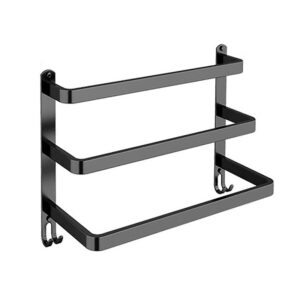Customized High-Quality Plastic Electroplating Coating for LED Lighting Covers is a tailored solution designed to provide superior aesthetics and protection for LED lighting covers. The process involves surface treatment, base coating, electroplating, and surface finishing steps to create a metal-like electroplated coating on plastic substrates, offering enhanced appearance, durability, and heat dissipation performance.
Basic Informations:
1.) Lamp Shade Materials: Pc materials
2.) Electroplating Way: Vacuum Evaporate Plating
3.) Layers: Two or Three Plating Layers.
Lamp Shade Material Choice:
PC materials offer higher temperature resistance compared to ABS. PC can withstand temperatures ranging from 120°C to 150°C, while ABS theoretically reaches up to 120°C. However, in practice, ABS tends to deform at temperatures exceeding 90°C.
 UV Coating Choice:
UV Coating Choice:
In plastic plating, the processes for UV plating and vacuum plating are similar. UV plating typically offers superior surface hardness and adhesion compared to vacuum plating, with a minimum hardness of 1H. While vacuum plating can achieve a hardness of up to HB, the quality may vary depending on factors such as base coating and gloss coating quality. Effective degreasing is crucial for achieving optimal plating results, especially to prevent issues like hand perspiration affecting the finish. It’s worth noting that the cost of UV plating is approximately four times higher than vacuum plating.
Plastic Lens Production Demands:
- Prior to mold design, conduct PC/PMMA flow analysis.
- Ensure thorough inspection of injection mold exhaust and injection pressure during production.
- Select appropriate injection machine and its components.
- Utilize deburring tools such as die mold tools and forceps.












